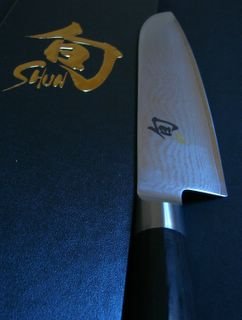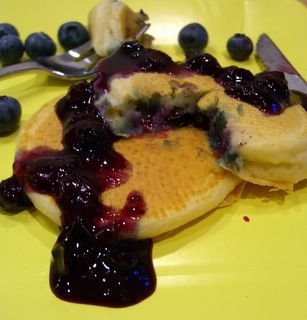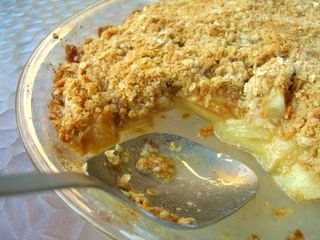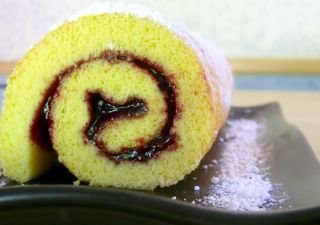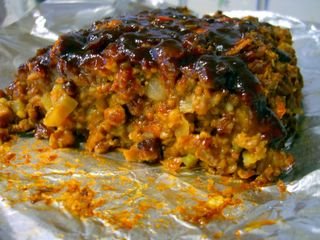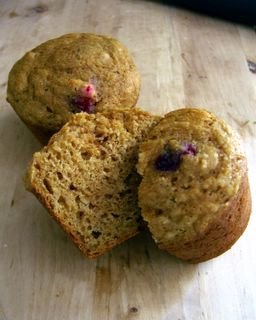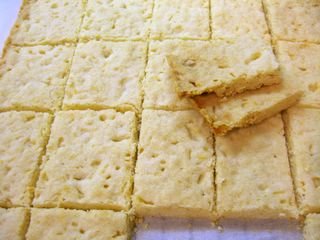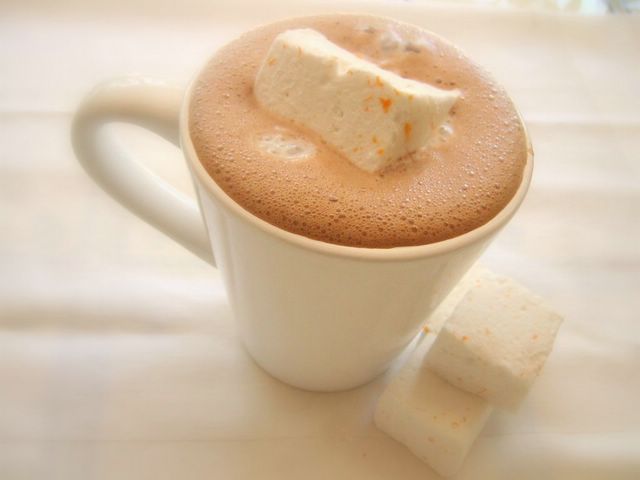BlogHer 2006

(Photo of food blogging group by Elise Bauer)
I'm back from BlogHer and I have to say that it was a wonderful event. I was able to meet a number of food bloggers, as well as a few people who were interested in getting started with food blogging. It is fascinating to hear people talk about why they blog and why they love it, and I'm glad that I was able to be a part of it this year.
The first day, we listened to some more technical talks about things like building traffic and photo blogging. I was inspired to try making a video or two, so if things work out, I might put up a short cooking clip on here sometime in the future. The second day, we all talked about the content of our blogs, why we blog and where our blogs are taking us. For me, one of the best things about blogging is being part of a community of wonderful people (commenters included!) and I was lucky enough to meet with a number of them on day two of the conference. Among the bloggers that I met were, Shuna from Eggbeater (who had some great t-shirts for sale), Pim from Chez Pim, Erin from Erin's Kitchen, Fatemeh of Gastronomie, Meg Hourihan of Megnut and Cheryl of Cupcake Bakeshop.
Saving the best for last, I also spent a lot of time with Elise from Simply Recipes and Kalyn of Kalyn's Kitchen. I can't say enough good things about the two of them, as they are wonderful women. The three of us, along with our conference friends Teri and Allison, all went out to dinner on Saturday night - taking a break from the rather appalling conference food - to an amazing Japanese restaurant in San Jose's Japan Town. We all kept on taking so long, that the restaurant workers were halfway through their meal at the end of the night before we noticed, offered our thanks, and left!
Overall, it was a great experience. I heard, while I was there, that the next BlogHer will be next summer in Chicago. I highly recommend that you come and join us, if you can make it, regardless of whether you are a blogger or simply enjoy reading blogs. We're keeping our fingers crossed for a whole food panel, which would make the conference even better.
Take a look at Elise's post to see some pictures of all your favorite food bloggers, or look at the whole Flickr group from the conference to take a peek at some of the speakers and other activities. Kalyn has a list of all the food bloggers who were able to meet up with us on Saturday, too.


